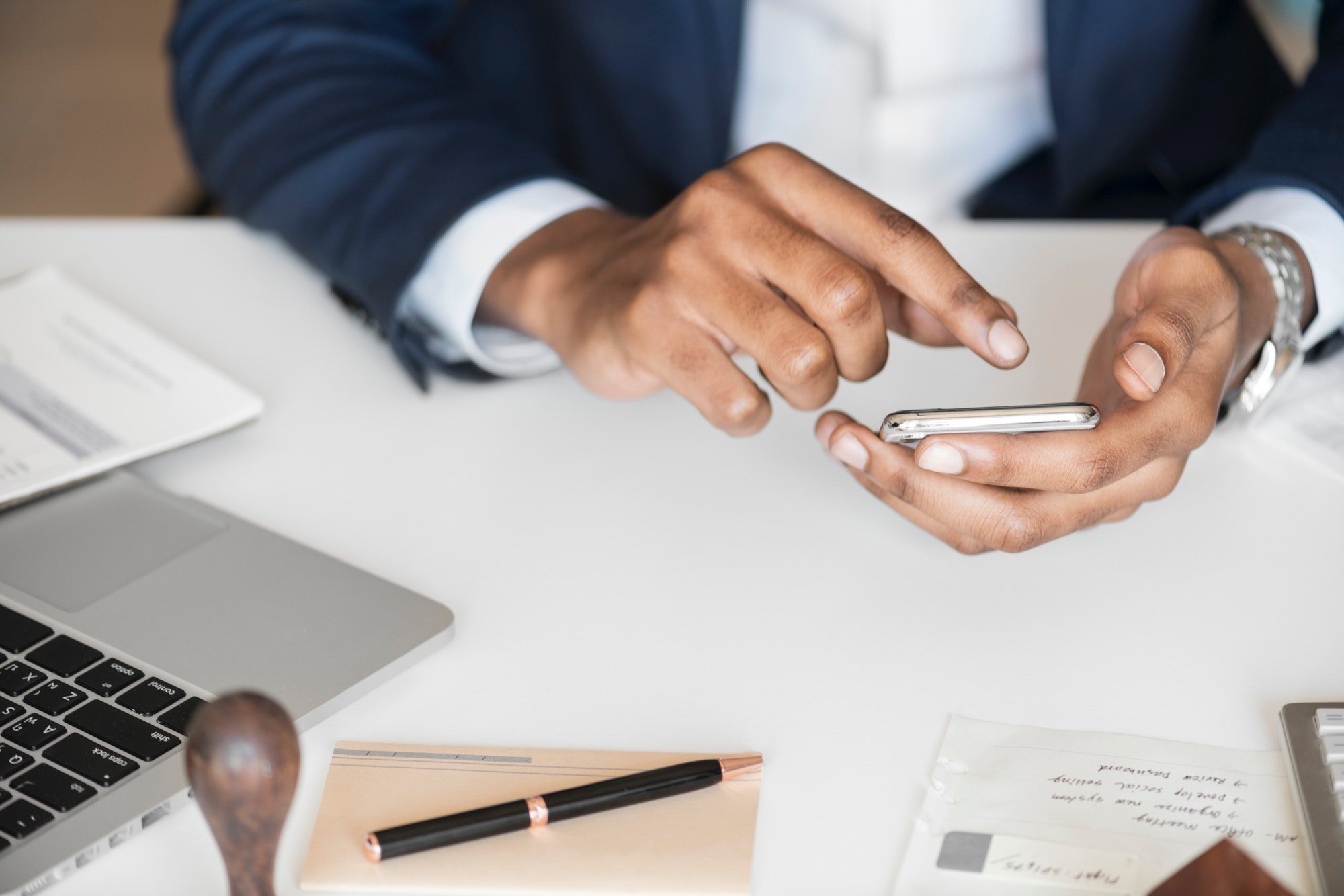You may have noticed that across our website, we offer an open invitation to schedule a 30-minute consultation phone call with a Leonardo ELSAG specialist to talk about your interest in ALPR technology. If you haven't yet done so, read on for a glimpse into what actually happens during these conversations.
As you'll see, we're not asking you to make a purchase right over the phone. We completely understand that this kind of investment takes time and resources. Instead, the consultation is an opportunity for you to learn more—and for us to learn about you.
Here's the rundown of a typical consultation, according to Jim Craige, Field Operations Manager for the Mid-Atlantic region.
Your Mission
The first thing we want to do is find out your mission. What is it that you're looking to get out of an LPR system? What do you want to accomplish? Someone might tell us it's for a law enforcement mission to go after stolen cars; another may say they're looking to use a special list for tax enforcers. Whatever your mission is, knowing it helps us figure out how we can best meet your goals.
Mobile or Fixed
Next, we'll chat about what kind of application is right for your mission: mobile, fixed, or both. You might already be sure, or you might not—and that's absolutely fine. Using own experiences with customers similar to you who have had success, we'll recommend what makes the most sense to fit your goals and budget. Oftentimes, we'll give you ideas based on projects we've managed that you haven't even yet thought about.
If we decide to focus on mobile LPRs, we'll discuss a few more points, including:
- What kind of car you have
- If you need something that's covert
- If your state or region requires a front license plate (so we know how many cameras you'll need)
- How you'll power the cameras and what sort of network you use
If fixed cameras is the way to go, we'll talk about:
- Where in your jurisdiction or location you'd like to mount your cameras (this is the best piece of information our customer can have as they're preparing for our call, but again, if you're not sure, we're here to help)
- If there is already a structure we can attach the camera to, and who owns that property—or if we'll need to put up a structure for you
- Whether or not there is power nearby and what network options you have available
- Anything else that'll help us with our research and estimate (which takes place after the call)
Data Usage
Once the physical details are sorted out, now we talk about the data. We'll ask questions like where you plan to send the data, if you already have an EOC set up, or if you want to use our hosted EOC service.
Next Steps
Understanding your goals, requirements, and any variables that might go into the project—if we'll need to hire a contractor, for example, to bring power to a light pole—we'll hang up and get started on our research, sometimes even conducting a free on-site survey.
Within just a few days, we'll send you a quote with details on equipment, responsibilities, and requirements. Then it's up to you if and when you'd like to get started. (And let us know if you're working with a tight government budgeting deadline—we've dealt with a number of urgent requests!)
Ready to schedule your call?
It'll only take about 30 minutes, and it's the best way to get your project moving. It also doesn't matter if you're an IT expert or a detective; we like to talk with anyone interested in LPR. Click here to schedule.

